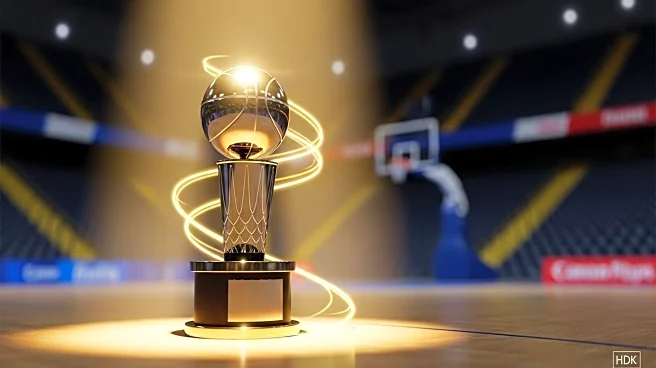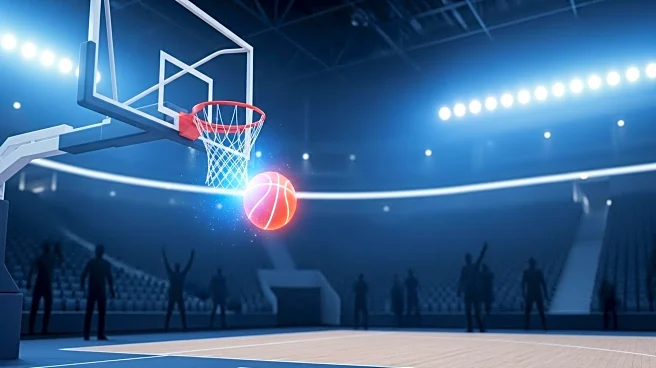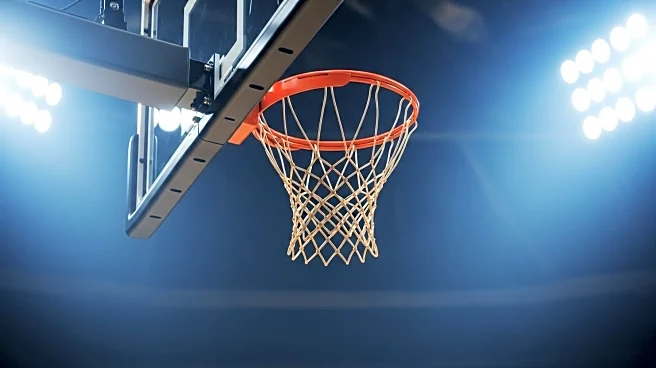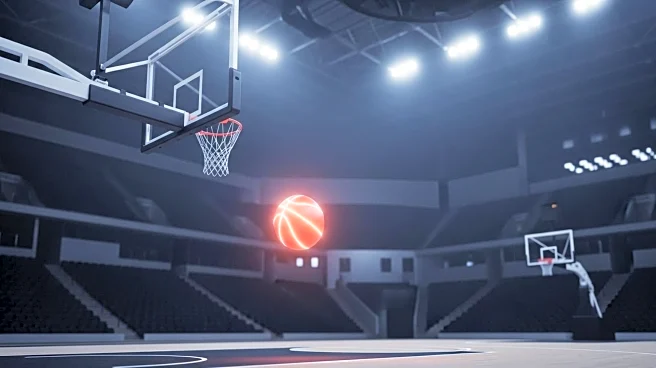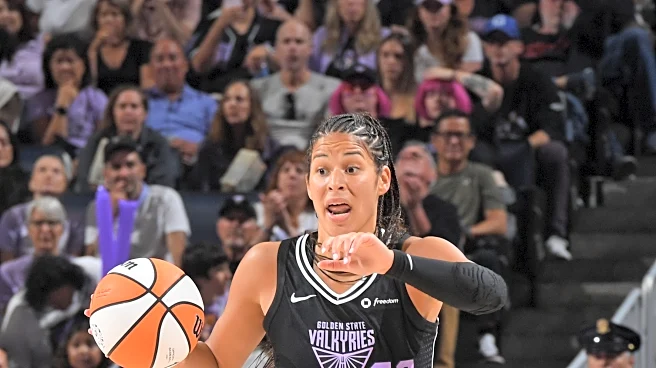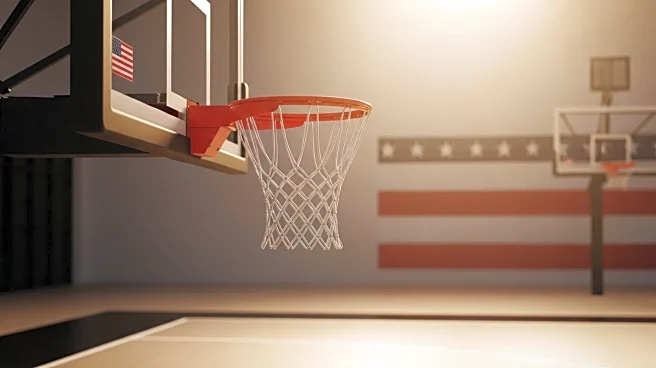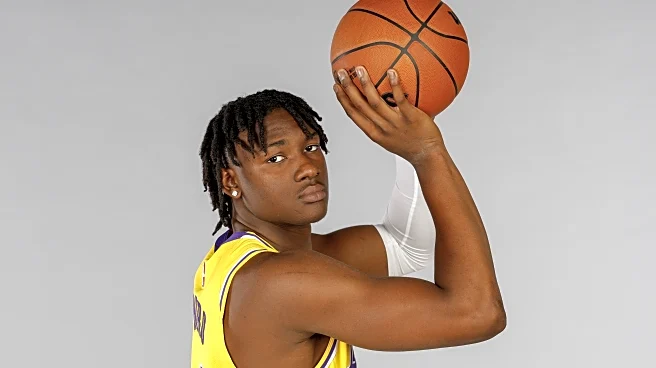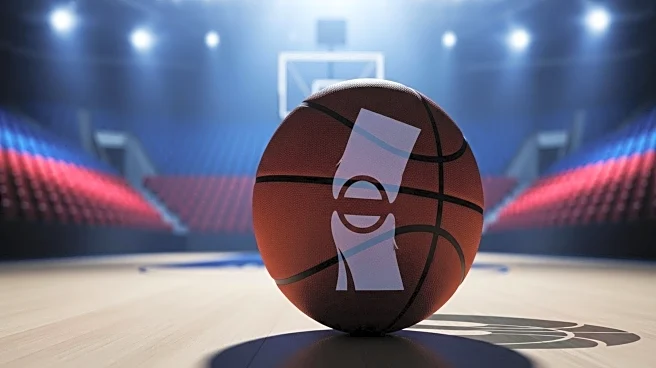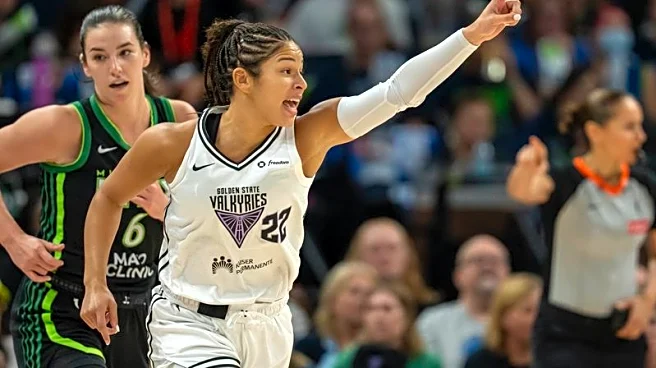For the fifth year in a row, the Sparks missed the playoffs, continuing the franchise’s postseason drought.
Despite missing the playoffs, Los Angeles made progress. They won 13 more games in 2025 compared to 2024 and many players had standout seasons under head coach Lynne Roberts, a clear sign that the Sparks are heading in the right direction.
So, let’s grade this year’s performances. As always, grades are based on expectations for each player. A “B” grade represents the average performance for that
player.
Kelsey Plum
35.1 minutes, 19.5 points, 3.1 rebounds, 5.7 assists, 1.2 steals, 0.1 blocks, 42.2% FG, 35.5% 3PT, 89.3% FT, -71
Plum was everything the Sparks hoped she’d be as their starting guard. She led the team in scoring, minutes and only Dearica Hamby played more games.
Plum also made the All-Star team, had a career-best 1.2 steals per game and has a strong case for an All-WNBA team.
She will be a free agent this season, as are many WNBA players. The good news is, she’s stated that she’d like to be in L.A. long-term. Given how well she’s played, I’m sure the Sparks would love to run it back with Plum.
Grade: A
Dearica Hamby
31.2 minutes, 18.4 points, 7.9 rebounds, 3.3 assists, 1.6 steals, 0.5 blocks, 57.2% FG, 27.8% 3PT, 62.7% FT, +22
Hamby is the leader of the Sparks and, despite Plum joining, kept her production up. She was constantly flirting with double-doubles and ended the season with a plus-minus of +22. That’s the second-highest on the team and she accomplished that goal while playing more minutes than anyone except for Plum.
Being such a net positive on a sub-.500 team is a testament to how good she was this year.
Grade: A
Azurá Stevens
28.4 minutes, 12.8 points, 8 rebounds, 2.1 assists, 1.2 steals, 1.1 blocks, 47.8% FG, 38.1% 3PT, 79% FT, -92
Stevens had a career year with the Sparks. She had more points, rebounds, assists and steals than ever before and was a bona fide starter. Her 38% shooting from 3-point range was a team-best mark and she fit perfectly within Roberts’ system.
Kudos to Stevens for carving out a role and optimizing it on the Sparks.
Grade: A+
Rickea Jackson
30.9 minutes, 14.7 points, 3.2 rebounds, 1.7 assists, 0.6 steals, 0.4 blocks, 42.4% FG, 34.8% 3PT, 84.7% FT, -111
Rickea is an electrifying player. She made marginal improvements in her outside shooting, increased her scoring and provided fans with some great moments, such as her game-winner against the Liberty.
With Roberts entering her second season as the Sparks’ head coach, hopefully, she can continue to work with Jackson so she can become the best version of herself she can be.
Grade: B+
Cameron Brink
12.9 minutes, 5.1 points, 4.3 rebounds, 0.5 assists, 0.5 steals, 1.4 blocks, 42.7% FG, 29.4% 3PT, 76.2% FT, -60
Brink’s successful return from her ACL injury makes this year a success, regardless of her production.
She showed flashes of her old self defensively and a blossoming 3-point shot that could become another weapon offensively. Hopefully, next season is a relatively healthy year for her so we can see just how good Brink can be.
Grade: B
Julie Allemand
28.3 minutes, 5.4 points, 3.7 rebounds, 5 assists, 1.3 steals, 44% FG, 27.7% 3PT, 78.9% FT, +56
Allemand changed the trajectory of the Sparks season after her return from European competition. She was the perfect guard to run the offense, averaging five assists per game and had the best plus-minus on the team at +56.
This was a great season for Allemand. Her biggest flaw was her reluctance to shoot and her poor 3-point percentage. Beyond that, though, she was fantastic.
Grade: A
Rae Burrell
18.4 minutes, 7.5 points, 2.3 rebounds, 1.2 assists, 0.6 steals, 0.2 blocks, 43.3% FG, 32.8% 3PT, 74.5% FT, +1
Burrell was the super sub for the Sparks. She was a ray — pun intended — of sunshine on a bench that was filled with lackluster production. This was far and away the best season of her career and Burrell has set herself up for a larger role in 2026.
Grade: A+
Julie Vanloo
10.4 minutes, 2.2 points, 0.6 rebounds, 1.2 assists, 0.3 steals, 30.2% FG, 31.5% 3PT, 75% FT, -47
Vanloo was another positive reserve player for the Sparks. When she was hot, she provided scoring and rest for the Sparks’ starting guards.
However, that wasn’t always bankable. Overall, Vanloo was fine and a good option to go to when you needed some backcourt minutes.
Grade: B-
Sarah Ashlee Barker
14.1 minutes, 3.1 points, 1.9 rebounds, 0.9 assists, 0.3 steals, 0.1 blocks, 33.7% FG, 29.5% 3PT, 70.8% FT, -104
Barker had a modest rookie season. She only played in garbage time or in games where key players were unavailable. Overall, she’ll have to do more to prove she deserves to be on a WNBA court.
Grade: C
Emma Cannon
10.1 minutes, 4.4 points, 1.8 rebounds, 0.4 assists, 0.5 steals, 50.8% FG, 38.9% 3PT, 65.2% FT, -15
Cannon was a great bench presence and I mean that literally. She was essentially a good chemistry person, observing, cheering and mentoring on the sidelines. On the floor, she saw very little time and her value was more about how she could help a young team learn how to be professionals in this league.
Grade: C–
Alissa Pili, Sania Feagin
Pili was brought on to this team late and didn’t really play. Feagin was a rookie, mainly riding the bench. Neither played enough to warrant a grade this season.
Lynne Roberts
The Sparks started the season 6-14, but she really turned things around. It was a combination of players returning from injury and Roberts optimizing her rotations that almost got the Sparks into the postseason.
Overall, Roberts did a great job and has established an identity and culture in L.A. that should attract players to join her program this offseason.
Grade: B+

